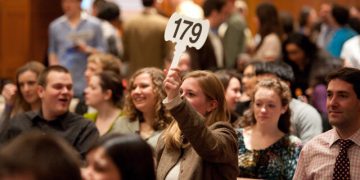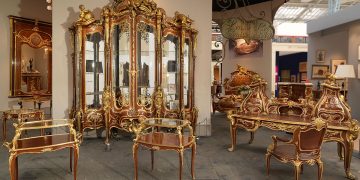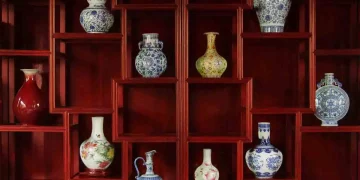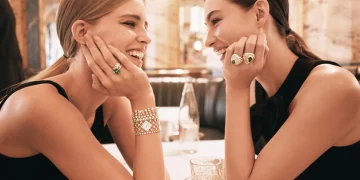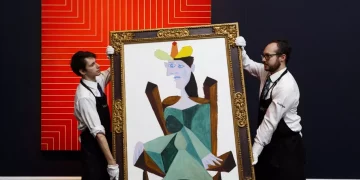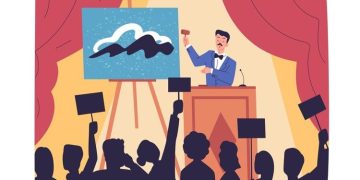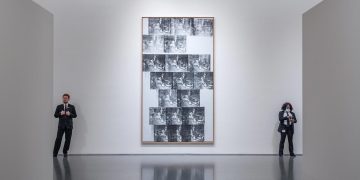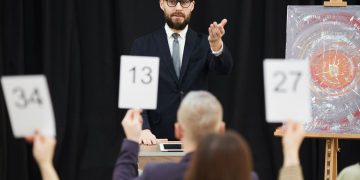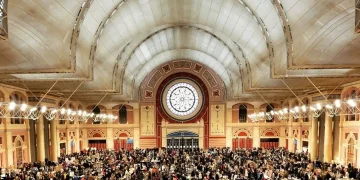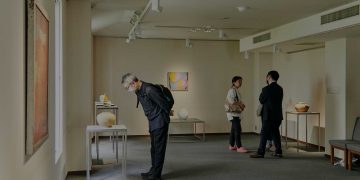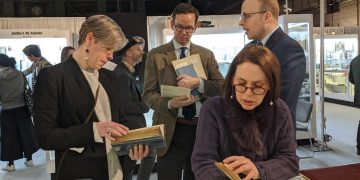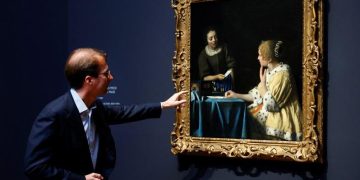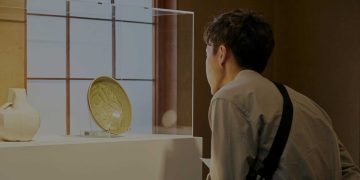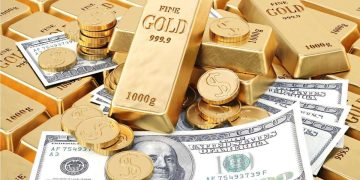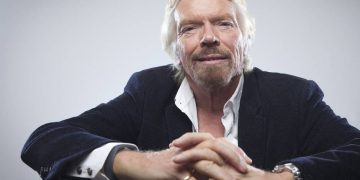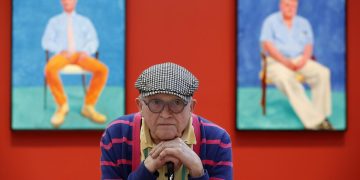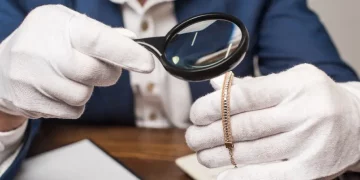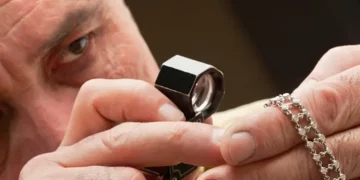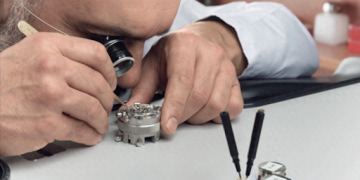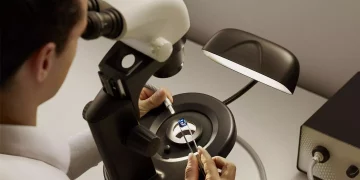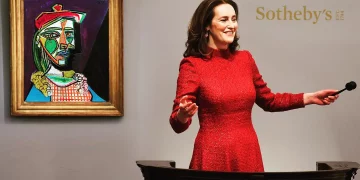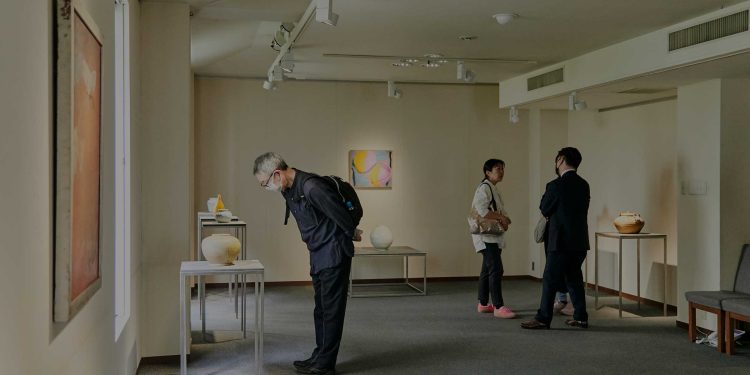In the world of rare and valuable collectibles, market trends can change rapidly. Whether you are a seasoned collector or someone just entering the space, staying ahead of market shifts is crucial to making informed decisions and optimizing your investments. One of the best ways to sharpen your market sensitivity is by attending upcoming collectibles events. These gatherings bring together top experts, industry insiders, and fellow collectors, offering valuable insights that can enhance your understanding of the market dynamics.
In this article, we’ll explore how you can use upcoming collectibles events to boost your awareness of the market, identify emerging trends, and refine your collecting strategy.
1. Attend Expert Panels and Talks
One of the most significant advantages of attending collectibles events is the opportunity to listen to and engage with industry experts. Many fairs and exhibitions host panel discussions, seminars, and talks on current market trends, the future of collectibles, and investment strategies. These sessions often feature curators, high-profile collectors, auction house specialists, and financial experts, providing attendees with direct access to valuable market knowledge.
How It Helps:
- Insider Insights: Experts often share their predictions on which categories of collectibles are poised for growth. For example, they might discuss the rising value of vintage watches or the increasing interest in NFTs and digital collectibles.
- Market Forecasts: Panelists often give forecasts based on historical trends and current events, helping you understand where the market is headed and how to position your collection for maximum potential.
- Understanding Demand: By attending talks on consumer behavior, you’ll better understand what types of collectibles are becoming more popular and why certain markets are experiencing significant growth.
2. Network with Fellow Collectors and Dealers
Networking is one of the most powerful tools for staying attuned to market changes. The community of collectors, dealers, and investors you interact with at collectibles events can provide you with firsthand accounts of what is happening in the market. Engaging with this community helps you build relationships that can offer valuable, on-the-ground insights into which items are in demand and which ones are losing value.
How It Helps:
- Sharing Information: Conversations with other collectors can reveal trends and opportunities that aren’t always immediately visible in the marketplace. Whether it’s a particular artist’s work gaining traction or a shift in demand for certain collectibles, fellow enthusiasts are often the first to spot these changes.
- Market Anecdotes: Experienced collectors and dealers often share anecdotes about their buying and selling experiences, giving you a better sense of pricing trends and strategies.
- Exclusive Deals: Building relationships with dealers at events can sometimes lead to early access to rare or undervalued pieces, which can be an excellent way to capitalize on market opportunities before they become widely known.
3. Discover New Categories of Collectibles
The world of collectibles is constantly evolving, with new categories and niches emerging regularly. By attending upcoming events, you’ll expose yourself to a wider range of collectibles you might not have considered before. This could include digital collectibles, rare sneakers, vintage toys, or even alternative investment assets like wine or whiskey. As the market diversifies, staying open to these new trends can improve your overall market sensitivity.
How It Helps:
- Spot Emerging Markets: By being present at an event with a wide range of collectibles, you’ll gain exposure to growing sectors within the market. For example, the rise of interest in vintage video games or NFTs could become the next big thing, and recognizing these trends early can help you get ahead.
- Hands-On Experience: At exhibitions, you can often touch, feel, and examine collectibles up close. This tactile experience gives you a deeper understanding of what makes an item valuable and what might be emerging as the next sought-after category.
- Expand Your Knowledge: Events often feature dealers who specialize in niche markets. Talking to these specialists allows you to gain insights into specific collectible categories, helping you diversify your portfolio and increase your sensitivity to new market directions.
4. Watch the Auctions Closely
Many collectibles events host live auctions, where rare and valuable items are sold to the highest bidder. These auctions are a goldmine for gaining insights into market demand, pricing trends, and the level of competition for particular types of collectibles. If you can observe a live auction in real-time or even participate, you’ll develop a much clearer understanding of how market forces are shaping the valuation of collectibles.
How It Helps:
- Price Trends: By watching the final sale prices of items, you can gauge which categories are seeing an increase in demand. If a rare piece of art or a vintage toy sells for more than expected, it’s a clear indicator that the market for that item is strong.
- Competition Analysis: The level of competition during an auction is also an important indicator of market strength. If multiple bidders are competing fiercely for an item, it suggests a high level of demand, which may influence your future collecting decisions.
- Auction Strategies: Observing bidding patterns allows you to refine your own auction strategy. You’ll learn when to make your move and when to walk away, as well as how high to go for particular items based on your budget and market knowledge.
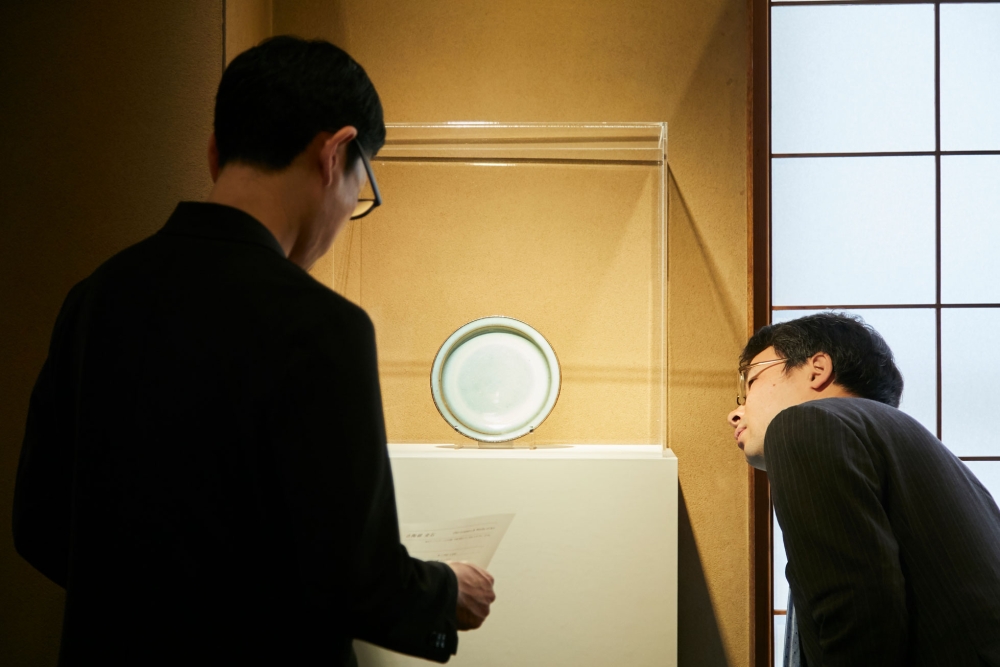
5. Observe the Influence of Social Media and Pop Culture
In today’s digital age, social media and pop culture have an undeniable influence on the collectibles market. Trends that go viral on platforms like Instagram, TikTok, and YouTube can significantly affect the value and demand for certain items. At collectibles events, you’ll often see the influence of these trends manifest in the items on display and the conversations taking place. Being aware of this influence can sharpen your sensitivity to what’s happening in real time.
How It Helps:
- Tracking Viral Trends: Keep an eye on which collectibles are gaining attention online or through popular culture. If a particular collectible is featured in a major movie, TV show, or social media trend, it’s likely to see a surge in demand.
- Spotting Pop Culture Shifts: Items tied to pop culture events like movie anniversaries, celebrity endorsements, or sports victories can spike in value. Attending an event with this knowledge can help you anticipate which collectibles are about to rise in popularity.
- Online Communities: Many fairs and events have associated online communities where collectors share their experiences and the latest trends. By tapping into these communities, you can stay updated on real-time shifts in demand and market preferences.
6. Learn from Historical Data and Case Studies
Exhibitions often feature case studies and historical examples that show how the collectibles market has evolved over time. For example, you might find case studies on how certain categories (e.g., vintage cars, fine art, or comic books) have appreciated in value or how market downturns have affected specific sectors. These insights can help you build a more nuanced understanding of long-term market patterns.
How It Helps:
- Understand Market Cycles: Historical data can teach you about the cyclical nature of markets, helping you to make better decisions on when to buy or sell particular items. For example, fine art and rare coins may appreciate steadily over decades, while more volatile markets (like trading cards or NFTs) may experience rapid fluctuations.
- Identify Key Factors: Case studies often explore the key factors that influence the market, such as shifts in demand, rarity, condition, or the emergence of new trends. This understanding helps you evaluate how these same factors may affect other collectibles in your portfolio.
- Risk Management: Learning from past market highs and lows helps you manage risk. You’ll be more aware of when the market is overheated and when it might be a good time to cash out.
7. Engage with Industry Insiders and Dealers
The best way to keep your finger on the pulse of the collectibles market is by engaging directly with industry insiders and professional dealers. Most events feature dealer booths, where you can ask questions about market trends, the provenance of specific items, and their views on the future of certain collectibles. These interactions can provide valuable insights into what’s currently undervalued, overhyped, or set to become the next big thing.
How It Helps:
- Firsthand Market Knowledge: Dealers often have direct access to the latest information about market trends and sales data. By engaging with them, you can learn about upcoming trends, emerging collectibles, and what’s likely to rise in value.
- Learn Investment Strategies: Experienced dealers and investors can share their strategies for identifying valuable pieces, investing in up-and-coming markets, and even spotting counterfeit items. These tips can be crucial for fine-tuning your investment approach.
- Private Deals: Networking with insiders may lead to private opportunities that are not available to the general public. Sometimes, top dealers offer items to their trusted clients before they hit the open market.
Conclusion
Attending upcoming collectibles events is one of the best ways to sharpen your market sensitivity and enhance your collecting strategies. By engaging with experts, networking with dealers, observing auction trends, and staying attuned to cultural shifts, you’ll gain the knowledge and insights necessary to stay ahead of the curve in the ever-evolving world of rare collectibles. Whether you’re attending an art fair, a watch exhibition, or a vintage car auction, these events offer unmatched opportunities to learn, network, and refine your understanding of the market.
By actively participating and staying engaged, you’ll not only boost your market awareness but also improve your ability to make smarter, more informed decisions—ultimately enhancing your collecting experience and investment returns.


